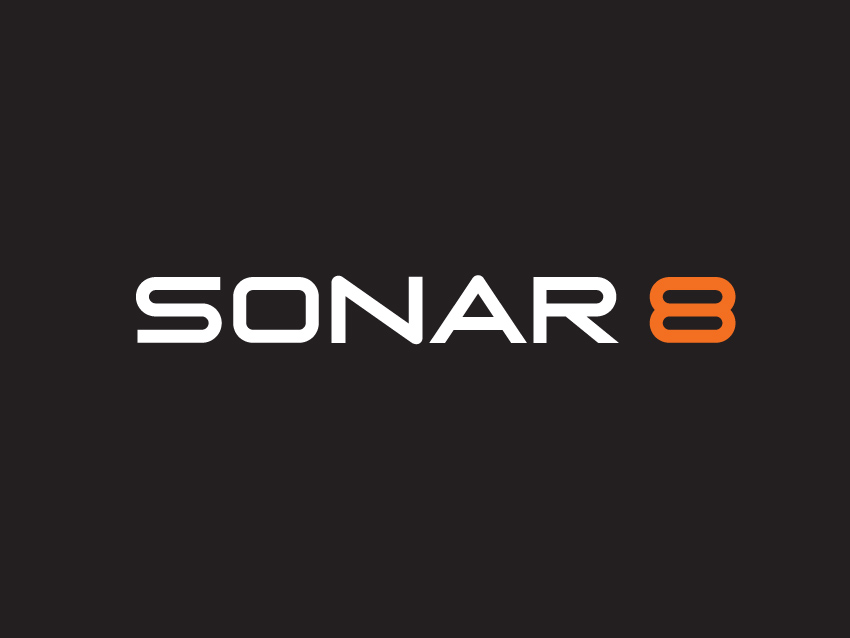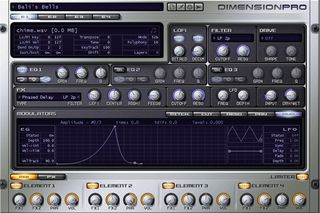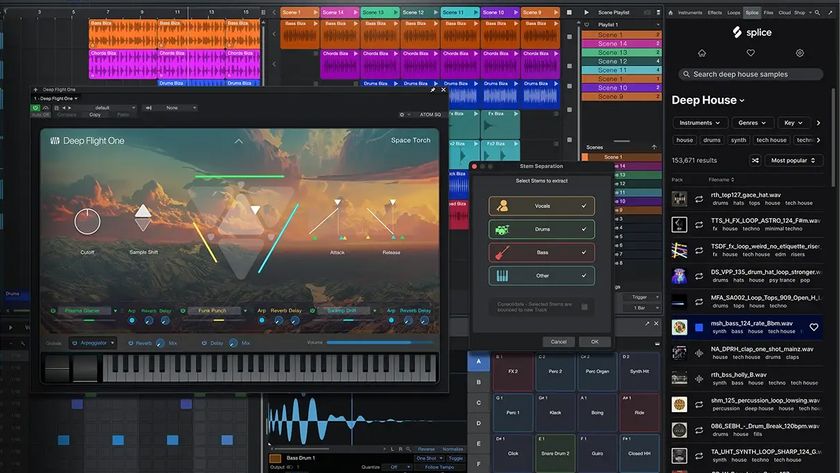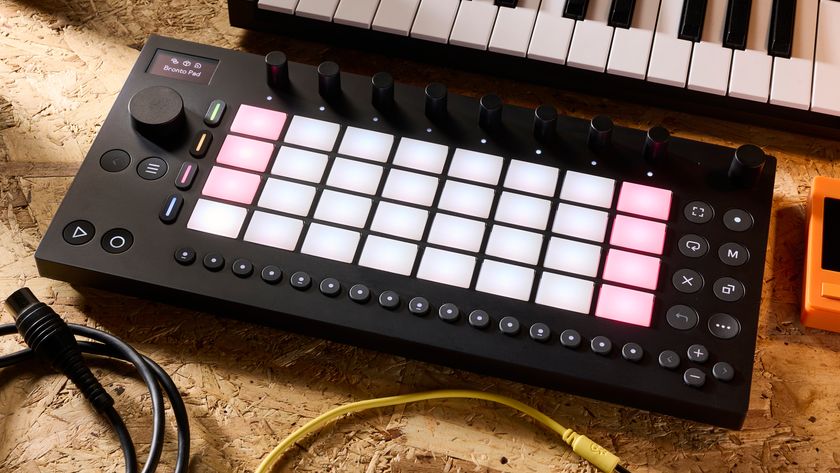11 unmissable Sonar 8 power tips
Master the new plug-ins and features

While many of Sonar 8's most important tweaks are hidden under the software's hood, there are still plenty of new toys and tools for users to play with.
Here are 11 ways that you can get more out of the latest version of Cakewalk's flagship DAW.
1. Beatscape: not just for beats
Though Beatscape's name suggests that it's designed to be used with rhythmic material, there's a lot of fun to be had throwing other types of sounds into it, too. Try a chorus from your song or a guitar solo, for example. The results can be inspirational, and it's a quick and easy way to remix an existing song.
2. Dimension Pro: not just a synth
Beatscape may be the obvious choice for jamming with REX files, but don't overlook the power of Dimension Pro. This bad boy can load REX, REX 2 and SFZ files, which can then be further tweaked using its massive synthesis engine. With the ability to layer sounds, fantastic filters and vector control, you can tweak your samples beyond recognition.

3. Live Input Bouncing
Sonar 8's new real-time bounce offers Live Input Bouncing. When performing a real-time bounce, you can now include any incoming audio. Open the Bounce To Track(s) dialog in the Edit menu, deselect Fast Bounce in the Mix Enables section and check Live Input.
4. Instant arpeggios
We'd be lying if we said we didn't miss our MIDI effects when using Sonar 8's brand new Instrument Tracks, though there are workarounds. One substitute for the Arpeggiator is to compile a catalogue of MIDI Groove Clips of your favourite arp patterns. You can use the updated Loop Explorer to drag them into Instrument Tracks and then transpose them up or down as needed.
5. Never lose a take
It's been a long-standing preference in pro studios to keep the record button enabled at all times, so as to never miss a brilliant passage or perfect performance. This can be difficult, though, if you can't actually arm a track while in play or record modes. Previous versions of Sonar have always had this small problem, but Sonar 8 has done away with it, enabling the arming of any track for recording at any time, without having to stop the sequencer.
Get the MusicRadar Newsletter
Want all the hottest music and gear news, reviews, deals, features and more, direct to your inbox? Sign up here.
We can't begin to tell you how valuable this addition is. You'll never need to lose that great take while you fumble for the Transport controls again.
6. Quick Groups
Quick Groups can now be instantly assigned to all tracks that have been routed to a specific bus. While in the Console or Track view, simply hold down the Alt key and click the Strip Selector of the relevant bus. Now, all of the tracks assigned to that bus will belong to a single Quick Group - it's as easy as that!
"Sonar 8 enables the arming of any track for recording at any time, without having to stop the sequencer."
7. Free to edit
You can now edit by clip or time without having to hold down a modifier key. Hit Shift+E or click the Free Edit Tools button (it's the one that looks like an upper case I) to activate the Free Edit Tools. You can then select a segment of a clip by dragging across it with the cursor. Conveniently, the Free Edit Tool will happily obey any Snap To value you've specified.
8. Mid-side miking
Mid-side miking is a technique that involves using a pair of condenser microphones (one cardioid, one omni-directional) on the same sound source to create a deep, rich tone. It's particularly effective with acoustic instruments - listen to any Will Ackerman disc, for example, to hear it in action. Sonar's new Channel Tools plug-in offers a mid-side decoder to help you get the most out of tracks that have been recorded using this technique.

9. TL-64 tricks
The new TL-64 Tube Leveler is a killer compressor, capable of delivering some real punch. However, it also shines when used with a lighter touch. It's an old engineering trick that works particularly well on vocals: instead of hitting the track hard with a single TL-64, load up a pair of them with less aggressive settings. Try it for a smooth, professional vocal sound.
10. Make mine mono
In previous versions of Sonar, all audio outputs were represented as stereo pairs. This was fine for most uses, but some of us still own the odd bit of ancient mono hardware. This could be very confusing when dealing with stereo outputs, but it's no longer an issue. Sonar 8 offers mono hardware outputs, so you can warm up vocal tracks with a single-channel tube preamp, or run your drum tracks through that beloved old analogue synthesizer.
11. Live Input Bouncing revisited
It's been said that mixing with a mouse takes much of the spontaneity out of the process. Regain some of it by using Sonar 8's Live Input Bouncing to record and play any software instrument and effects tweaks into the bounce. You'll be amazed at some of the stuff you can come up with when you're flying by the seat of your pants.
For an in-depth guide to Sonar 8, check out the December issue of Computer Music (issue 133).
Computer Music magazine is the world’s best selling publication dedicated solely to making great music with your Mac or PC computer. Each issue it brings its lucky readers the best in cutting-edge tutorials, need-to-know, expert software reviews and even all the tools you actually need to make great music today, courtesy of our legendary CM Plugin Suite.
Most Popular







